Image of 1955 Aston Martin Db2-4, Note: These illustrations use artistic license and may differ from actual historical models.
Performance Metrics
Fundamental Metrics
Emotional Appeal
MMP Rating
| Engine Specifications | |
|---|---|
| Engine: | Lagonda I6 |
| Displacement: | 2.6 - 3.0 L |
| Horsepower: | 125 - 140 hp |
| Torque: | Estimated around 178 lb-ft |
| Compression Ratio: | 8.16:1 |
| Ignition System: | Coil ignition |
| Cooling System: | Water-cooled |
| Performance Specifications | |
| 0-60 Time: | 11.2 seconds |
| 1/4 Mile Time: | Estimated around 18 seconds |
| Top Speed: | 120 mph |
| Transmission and Drive | |
| Drive Type: | Rear-wheel drive |
| Transmission Type: | 4-speed manual |
| Fuel and Efficiency | |
| Fuel System Type: | Twin SU carburetors |
| MPG: | Estimated around 20 mpg |
| Dimensions and Brakes | |
| Brakes: | Drum brakes |
| Wheelbase: | 99 inches |
| Weight: | 2,700 lbs |
Note: Specifications for classic cars are given to the best of our ability, considering the limited and variant data available.
Unveiling the Elegance of the 1955 Aston Martin DB2/4
The 1955 Aston Martin DB2/4 is not merely a car; it's a symphony of engineering excellence and timeless elegance. Born from the prestigious British manufacturer, Aston Martin, this classic was a testament to post-war automotive innovation. Its sleek design and performance were a nod to the company's racing pedigree, while its luxury appointments made it a favorite among the elite. The DB2/4 holds a special place in history as one of the early models to sport the now-iconic 'DB' moniker, named after Sir David Brown, the influential head of Aston Martin during that era. A notable moment in its storied past includes its use by fictional superspy James Bond in Ian Fleming's novel "Goldfinger," solidifying its place in popular culture.
Design and Innovation
The vehicle's exterior styling was a harmonious blend of muscular contours and refined British aesthetics. The front grille, with its distinctive shape, became a hallmark of the brand, while the sweeping lines of the bodywork exuded motion even at a standstill. Inside, occupants were greeted with an opulent cabin crafted from fine leather and rich wood veneers, showcasing Aston Martin's commitment to luxury. Technologically, it featured advancements such as disc brakes and a robust tubular chassis. The color palette ranged from subdued hues to vibrant shades, with Almond Green and Moonbeam Grey being popular choices among aficionados. The DB2/4 was available in multiple body styles, including a drophead coupe and a 2+2 hatchback, with the latter being particularly iconic for introducing the hatchback design to grand tourers.
Historical Significance
The DB2/4's impact on automotive design was profound. It bridged the gap between pre-war coachbuilding traditions and modern automotive manufacturing, influencing future grand tourers with its combination of performance and practicality. It stood out from its contemporaries with its innovative fastback design and was one of the first cars to offer occasional rear seats in what would become known as a '2+2' configuration.
Performance and Handling
Under the hood lay an inline-6 engine that propelled the DB2/4 to impressive speeds for its time, achieving 0-60 mph in just over 10 seconds—a remarkable feat in the mid-50s. The top speed flirted with 120 mph, showcasing Aston Martin's racing heritage. On winding roads or when navigating bumps, drivers praised its responsive handling and balance. Behind the wheel, one could not help but be enchanted by the symphonic growl of the engine—a sound that became synonymous with Aston Martin's powerplants.
Ownership Experience
The DB2/4 was versatile enough to be used as a daily driver yet distinguished enough for concours exhibitions or weekend jaunts through countryside roads. Maintenance required dedication due to its bespoke nature and high-quality components; however, many owners found joy in preserving such an exquisite piece of machinery. Reliability was commendable for its era but demanded regular attention from those familiar with classic car upkeep.
Fun Facts
This grand tourer has seen its share of limelight with rare editions like the Mark III fetching admiration at auctions. Celebrity ownerships have added to its allure; even royalty has been known to favor this quintessentially British marque. While criticisms have been few, some purists lamented over changes during production years that strayed from Aston Martin’s initial vision.
Collector's Information
Today, a well-preserved 1955 Aston Martin DB2/4 can command prices well into six figures, reflecting both its rarity and desirability among collectors. With only 764 units produced across all variants during its production run from 1953 to 1957, it remains an exclusive piece of automotive history. As for appreciation value, these vehicles have consistently seen an upward trajectory in auctions and private sales alike.
Conclusion
The 1955 Aston Martin DB2/4 is more than just an automobile; it is an artifact representing a pivotal moment in automotive evolution—a blend of luxury, performance, and innovation that set new standards for grand tourers to come. Its legacy endures not only through its tangible presence on roads or at shows but also through its indelible mark on car culture around the world.
1955 Aston Martin Db2-4 Catalog of Parts
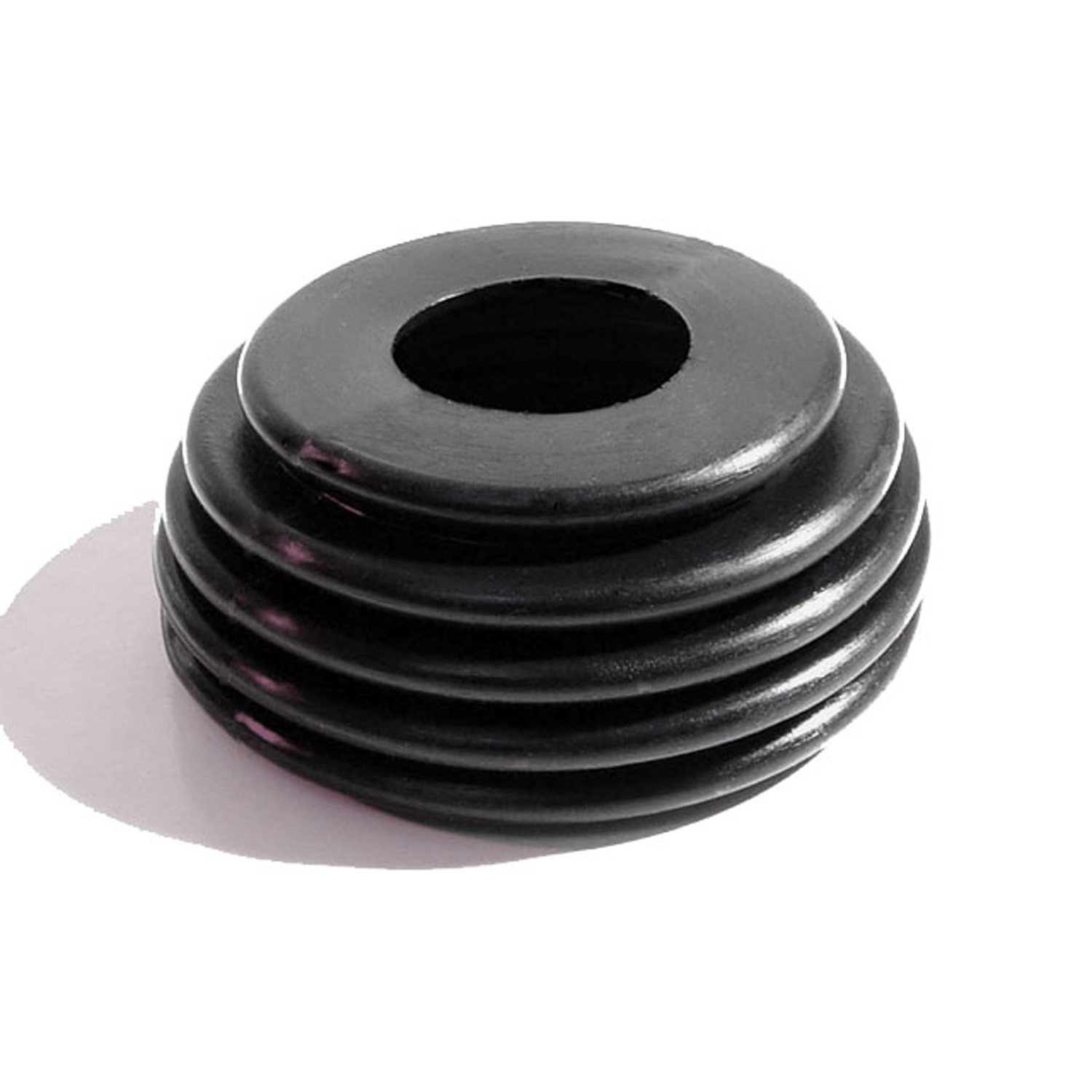 1955 Aston Martin DB2-4 Steering Column Dust Seal at Firewall-BL 5Steering Column Dust Seal at Firewall. 1-1/8" wide hole at top, 4-1/2" O.D. at base. Replaces AM part #50999. Each
1955 Aston Martin DB2-4 Steering Column Dust Seal at Firewall-BL 5Steering Column Dust Seal at Firewall. 1-1/8" wide hole at top, 4-1/2" O.D. at base. Replaces AM part #50999. Each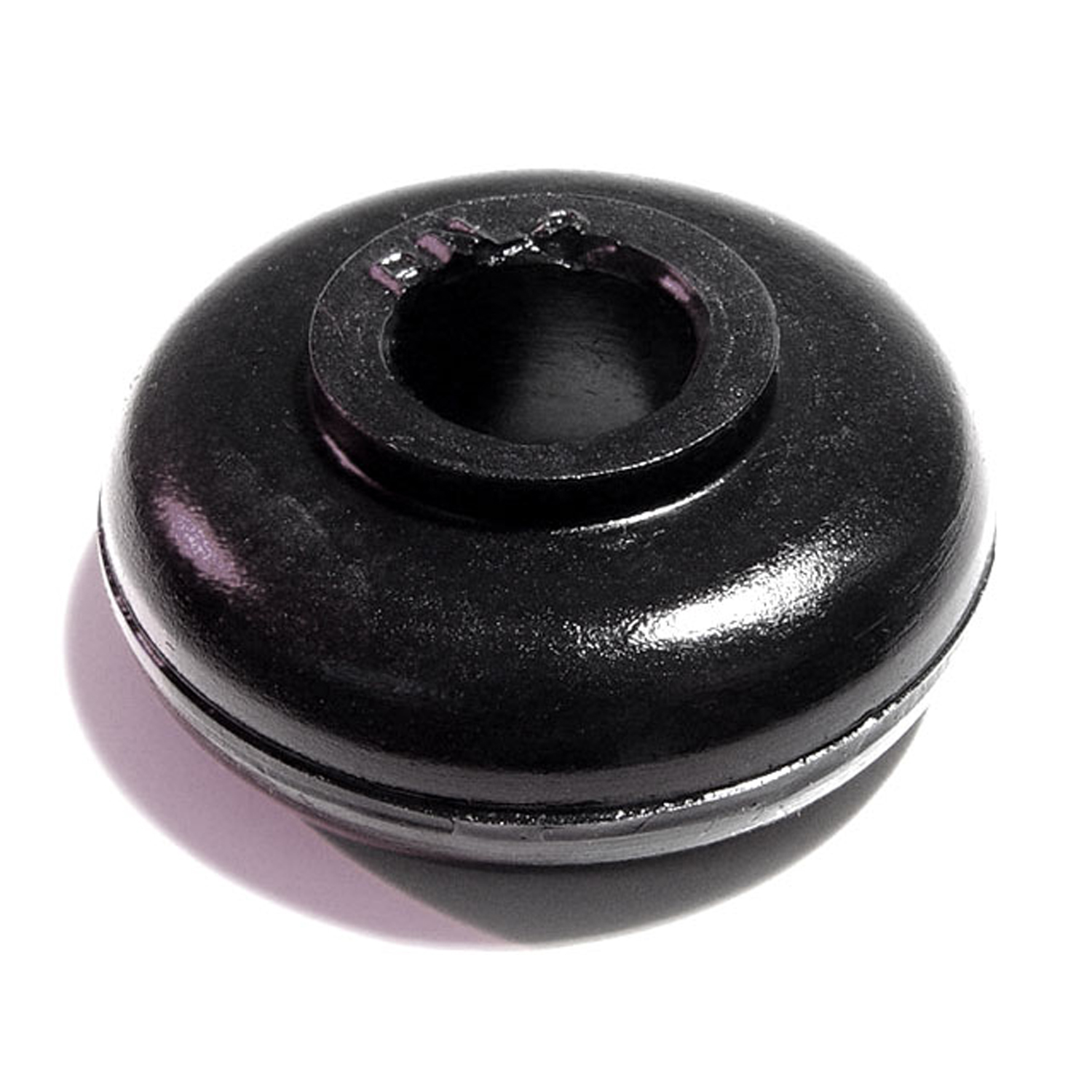 1955 Aston Martin DB2-4 Roll Bar Bushing. 1/2" high, with 1/2" hole. Each-BN 2Roll Bar Bushing. 1/2" high, with 1/2" hole. Each
1955 Aston Martin DB2-4 Roll Bar Bushing. 1/2" high, with 1/2" hole. Each-BN 2Roll Bar Bushing. 1/2" high, with 1/2" hole. Each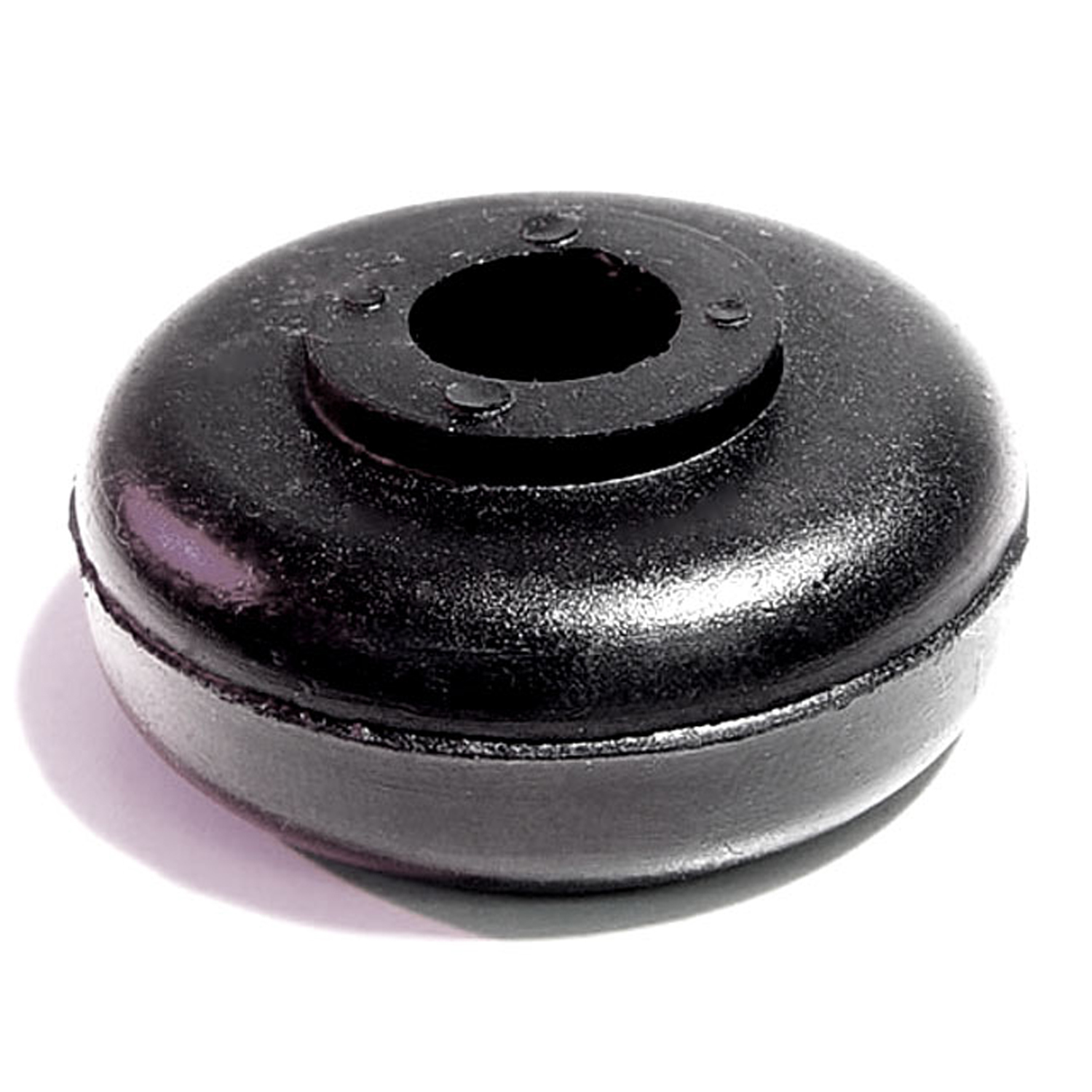 1955 Aston Martin DB2-4 Shock Grommet. 9/16" high, 3/8" hole. Each-BN 2-AShock Grommet. 9/16" high, 3/8" hole. Each
1955 Aston Martin DB2-4 Shock Grommet. 9/16" high, 3/8" hole. Each-BN 2-AShock Grommet. 9/16" high, 3/8" hole. Each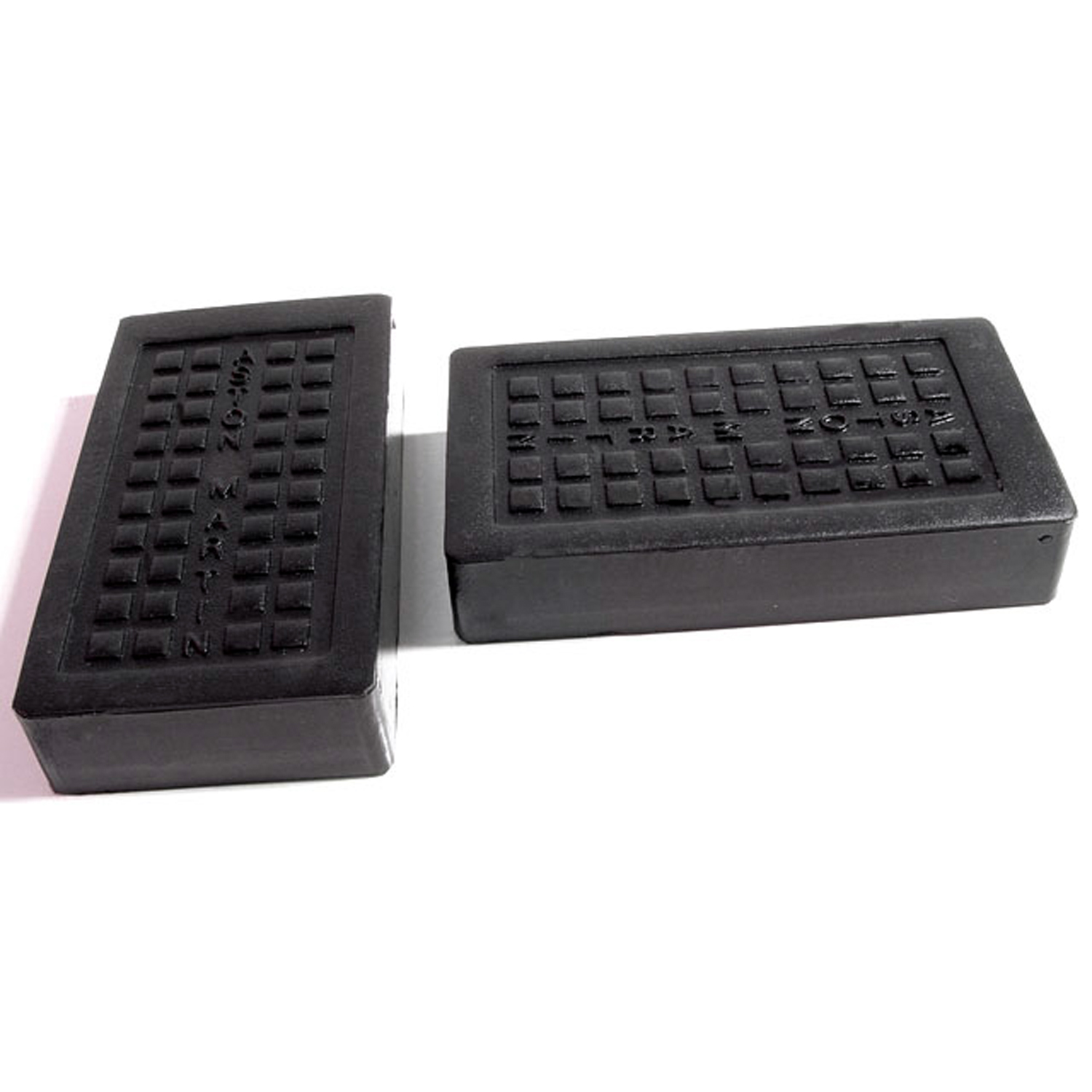 1955 Aston Martin DB2-4 Clutch and Brake Pedal Pads. Perfect reproduction-CB 175Clutch and Brake Pedal Pads. Perfect reproduction. 1-3/4" wide X 3-1/4" long. Pair
1955 Aston Martin DB2-4 Clutch and Brake Pedal Pads. Perfect reproduction-CB 175Clutch and Brake Pedal Pads. Perfect reproduction. 1-3/4" wide X 3-1/4" long. Pair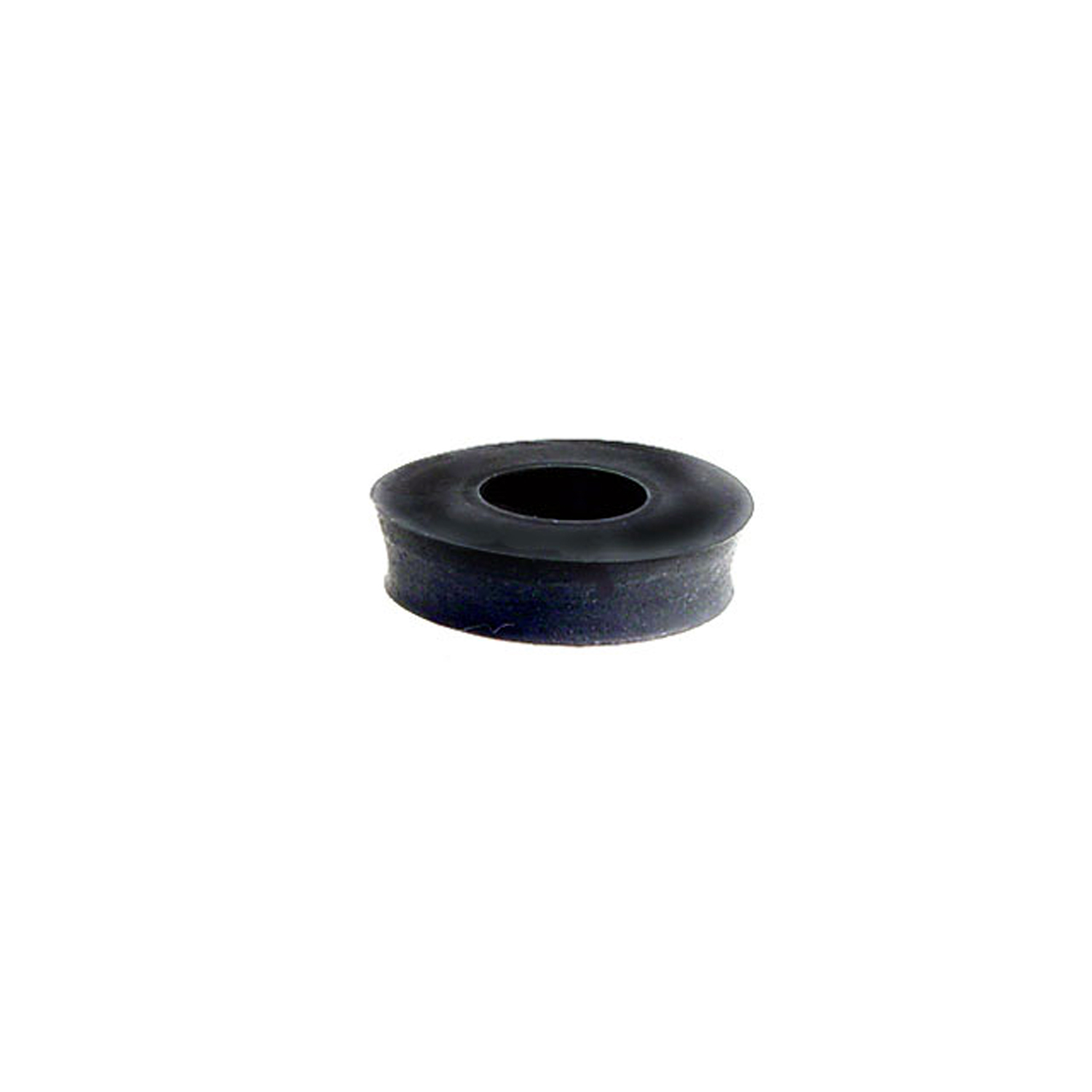 1955 Aston Martin DB2-4 Radiator Rod Cushion. 1/4" thick, 3/8" hole, 1" O.D-RA 1Radiator Rod Cushion. 1/4" thick, 3/8" hole, 1" O.D. Eight used per car. Each
1955 Aston Martin DB2-4 Radiator Rod Cushion. 1/4" thick, 3/8" hole, 1" O.D-RA 1Radiator Rod Cushion. 1/4" thick, 3/8" hole, 1" O.D. Eight used per car. Each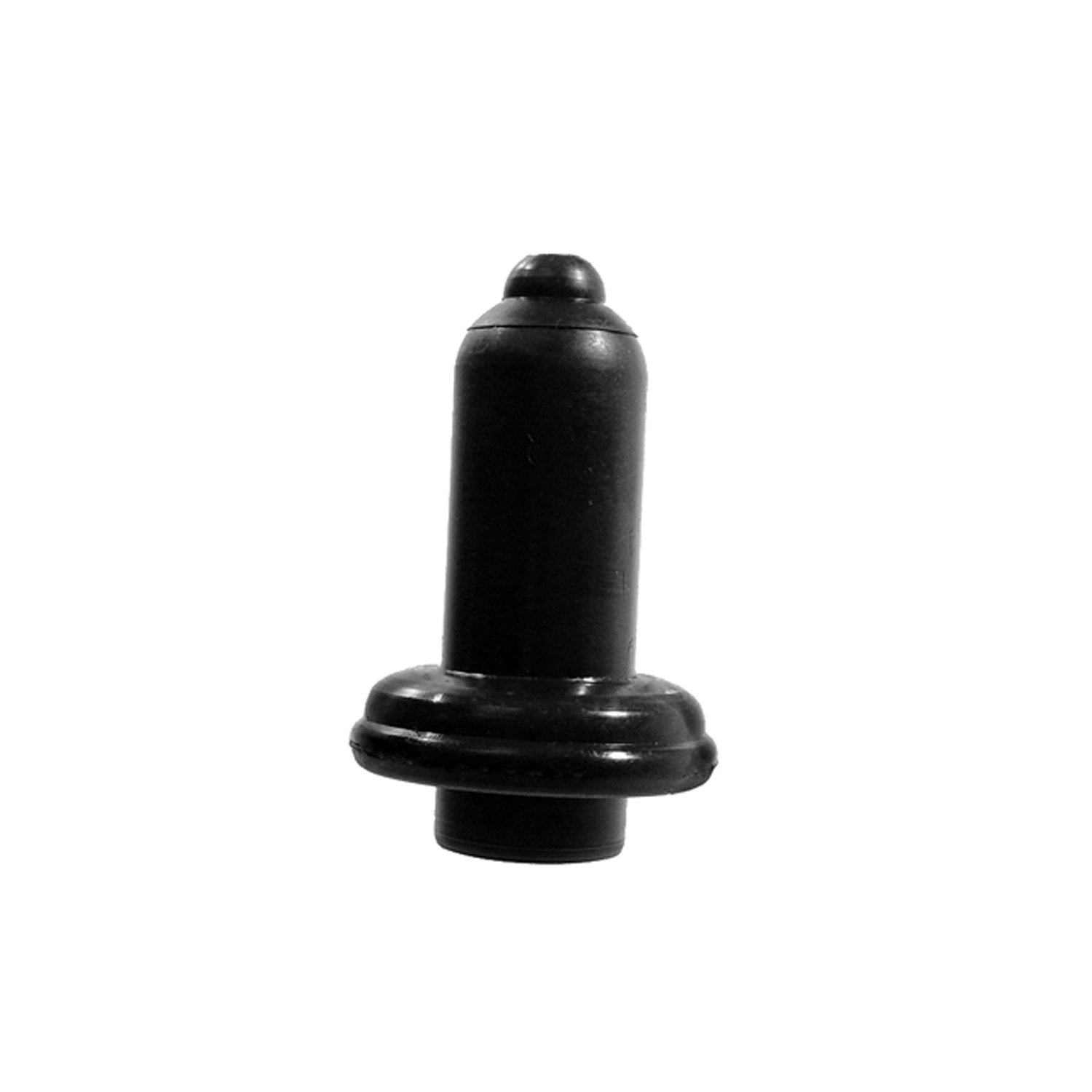 1955 Aston Martin DB2-4 Spark Plug Boot. Each-RP 1-ZSpark Plug Boot. Each
1955 Aston Martin DB2-4 Spark Plug Boot. Each-RP 1-ZSpark Plug Boot. EachWhy Choose Metro?
For over 100 years, Metro Moulded Parts has been the pinnacle of quality in classic car restoration parts. Our commitment to precision and authenticity in every component ensures a perfect fit and an OEM-level appearance.
- Expert Craftsmanship & Quality: Each part is a testament to our dedication to reliability and perfection, crafted from original designs and thoroughly tested.
- Advanced Technology: We use cutting-edge techniques to create flawless, long-lasting parts that surpass others in performance.
- SuperSoft Sponge – The Ultimate Door Seal: Not only are our door seals 30% softer than competitors', but they're also guaranteed to never leak. They effectively reduce wind and road noise, enhancing your classic car's comfort and driving experience.
- Proudly American: Our parts are a product of American craftsmanship, made in the USA with a spirit of excellence and heritage.
- Unrivaled Warranty: We back our products with a 30-year industry-leading warranty, a testament to our confidence in their quality.
Join us in preserving the legacy of classic cars with parts that are crafted for perfection, not just made.

